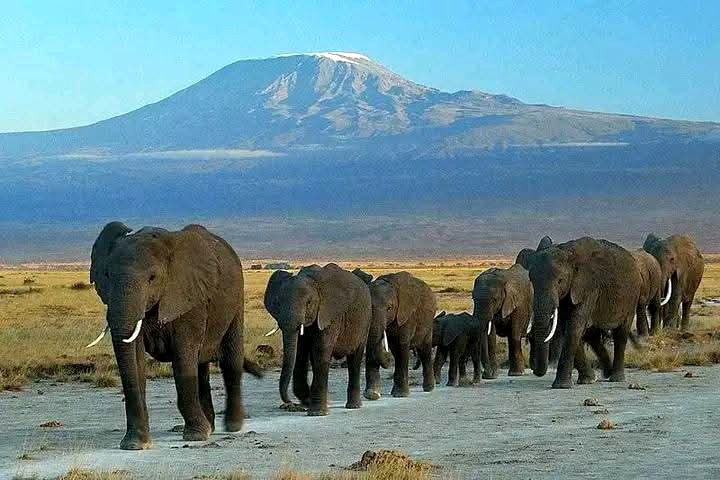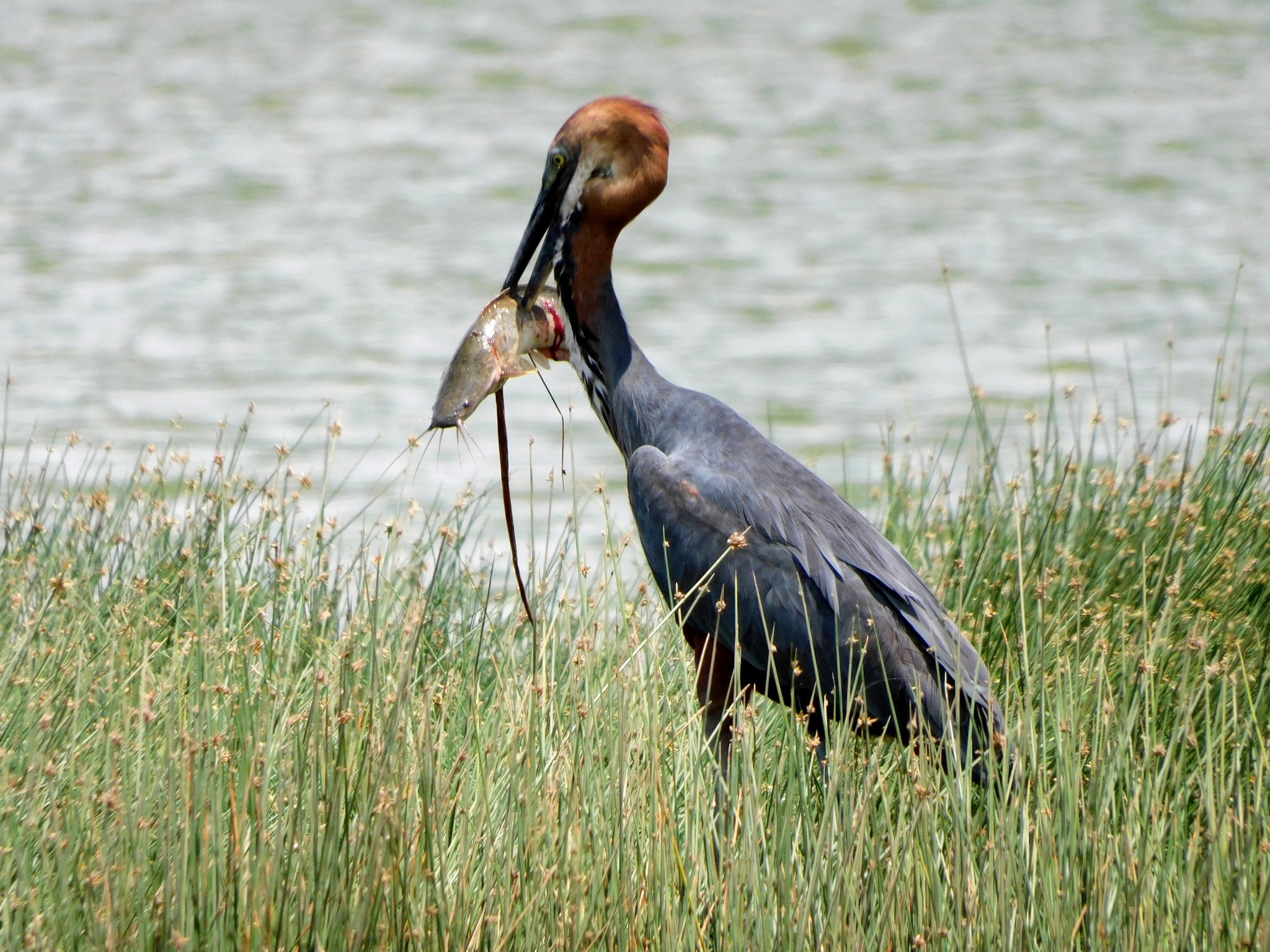

Nestled in the shadow of Africa’s tallest
mountain, Mt Kilimanjaro, Amboseli National Park remains one of the country’s
most iconic wildlife destinations.
It is a place where the rhythm of nature, the grandeur of elephants and the
enduring culture of the Maasai blend into a living story of conservation and
beauty.
Despite its dry and dusty facade, Amboseli is a
thriving ecosystem.
The park’s lifeline flows not on the surface but underground, where waters
from Kilimanjaro’s melting ice cap travel beneath the earth, filtered through
volcanic rock, before surfacing as crystal-clear springs in the park’s
wetlands.
These springs form lush swamps that support a rich tapestry of life, right
in the heart of what appears, from a distance, to be arid land.
The park is most famously home to large herds
of African elephants, often seen roaming freely across the grasslands,
backdropped by the snowcapped peaks of Kilimanjaro.
For many visitors, these intimate and up-close sightings of elephants are a
powerful reminder of the need to conserve such spaces.
Amboseli has long been a hub for elephant research and conservation,
contributing to global understanding of elephant behaviour and movement.
But elephants are only part of the story.

Amboseli's 392 square kilometres span a variety
of habitats, from open savannah and rocky thorn bush to dense acacia woodland
and marshes.
This diverse topography supports a range of other wildlife including buffalo,
giraffe, hippo, lion, leopard and an extraordinary variety of birdlife.
Over 400 bird species have been recorded here, including the African fish
eagle, pelicans, bee-eaters, kingfishers and raptors like the martial eagle and
pygmy falcon.
In the dry season, the park reveals one of its
most surreal features: a shimmering salt flat that was once Lake Amboseli.
This dry lake bed becomes a canvas of optical illusions, as mirages dance on
the horizon and herds of zebra and wildebeest appear suspended in haze.
But during periods of heavy rain, Lake Amboseli temporarily fills with
water, attracting flocks of flamingos and other waterbirds, turning the
once-barren landscape into a haven for birdwatchers.
Designated as one of the country’s 60
Important Bird Areas (IBAs), Amboseli is recognised globally for its role in
bird conservation.
Birding, alongside game viewing and photography, has become one of the
park's most popular activities, drawing both professional and amateur
naturalists year-round.
Cultural tourism also plays a significant role
in Amboseli’s appeal.
The surrounding Maasai community, custodians of the land for generations,
provide visitors with authentic cultural experiences that include storytelling,
traditional dances and insights into indigenous conservation practices.
The Maasai see Amboseli not just as a park, but as a vital rangeland, where
livestock and wildlife have long coexisted under a shared sky.
For many, the park offers more than just a
safari. It provides a sense of awe.
On clear mornings, Kilimanjaro’s snow-covered summit glows against a blue
sky, creating one of the most breathtaking scenes in all of Africa.
For wildlife photographers, it is an unmatched setting; elephants
silhouetted against the iconic mountain, birds flying over golden plains and
Maasai herders walking in rhythm with nature.
From game drives and birdwatching to camping
and balloon safaris, Amboseli offers experiences that are as varied as the
terrain itself.
Visitors leave not only with photographs, but with a deeper understanding of
the country’s natural heritage and the delicate balance that sustains it.
Amboseli National Park continues to stand as a
living testament to the enduring bond between land, wildlife, and people.
And as long as the waters of Kilimanjaro flow beneath the earth, the elephants will walk, the birds will sing, and Amboseli will endure; wild, vital and beautifully Kenyan.












